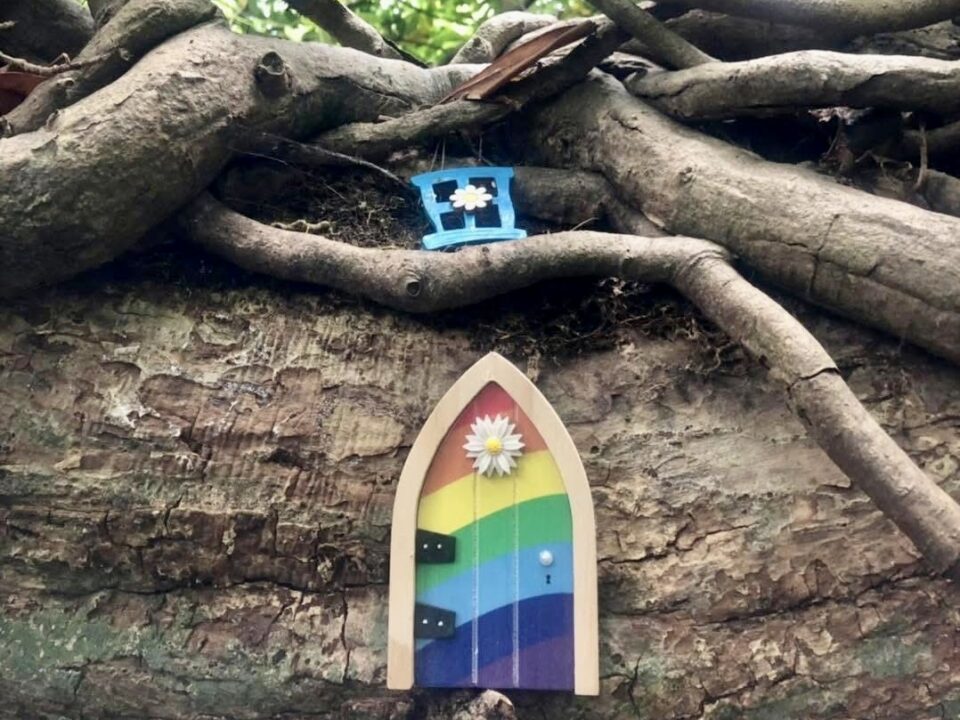Tracing Dublin’s great rivers from sea to source takes you on a winding journey deep into the heart of the Wicklow Mountains, and to one mountain in particular: Kippure. Here, on the mountain’s boggy slopes, is the birthplace of the Liffey and the Dodder, two major rivers which have profoundly shaped the surrounding geographic and mythological landscape.
The Legendary Liffey: Kippure and Kildare
Like the river itself, the story of the Liffey and how it got its name is winding and wandering. For hundreds of years, people in the Dublin-Wicklow region have settled along the banks of this iconic river, but these ancient settlers would have known it by another name: ‘An Ruirthech’, the ‘fast-runner’ or ‘stampeding one’. Its more familiar name, ‘An Life’, dates back to the ninth century, and curiously neither refers to Wicklow, the location of the river’s source, nor to Dublin, undoubtedly the county most commonly associated with the Liffey, but rather to Kildare.
The river is named after Mag Life, a plain in Kildare through which the Liffey flows. This plain, in turn, also has a curious naming story. According to the early Irish “lore of places”, the plain was named after a woman called Life the Bright, who, upon seeing the plain for the first time, thought it so beautiful that she begged her husband, Deltbanna, to name it after her. Dutifully, Deltbanna withheld liquor from the men of Erin until they agreed to recognise the new name. The connection between a love story from Kildare and an unassuming Wicklow bog may seem distant, but in fact it is this story which seems to give the river and its source, the Liffey Head Bog, their names, rather than the other way around as we might expect.

The Dodder and Da Derga’s Hostel
Compared to the Liffey, the Dodder is relatively less well-known, but its significance within Irish mythology, particularly its role in the saga of the Destruction of Da Derga’s Hostel, surely makes it equally worthy of our notice. The saga tells of the downfall of the legendary High King Conaire Mor as a consequence of him breaking several sworn taboos (geasa), and his final battle at Da Derga’s hostel against the combined forces of Ingcel the One-Eyed, son of the King of Britain, and Conaire’s three exiled foster-brothers.
In this story of the doomed king, the Dodder has a crucial role to play: amidst the fighting, Conaire is cursed with a magical thirst, so he sends his cupbearers to fetch him a drink from the Dodder, which is said to have run through Da Derga’s hostel. But because Conaire violated his sacred oaths, the river refuses to grant him even a cupful of water. The Dodder’s refusal launches the king’s champion Mac Cecht on a futile quest around Ireland in search of a river or lake that will give him water, but by the time Mac Cecht finally manages to fill the cup and return to the hostel, Conaire Mor had already died of a fever brought on by his deadly thirst.
The location of Da Derga’s hostel is no longer known; the story offers but a few tantalizing hints, for example that the hostel lay on both the Dodder and the path of Slighe Cualann, one of the five great roads of Ireland that led to Tara, the seat of the high kingship. Scholars continue to debate the hostel’s location, but one tempting theory suggests that the hostel may once have stood at Mareen’s Brook, just above the scenic Loch Bray.
Like the rivers themselves, these fascinating stories have withstood the passage of time, flowing forth from the mountains to bring life and colour to a landscape steeped in legend.
This post was created in collaboration with HeritageHiking, a citizen heritage project showcasing the unique history and mythology of the Wicklow Mountains. To discover more hidden stories of the Wicklow Mountains, check out @heritage_hiking on Instagram.



